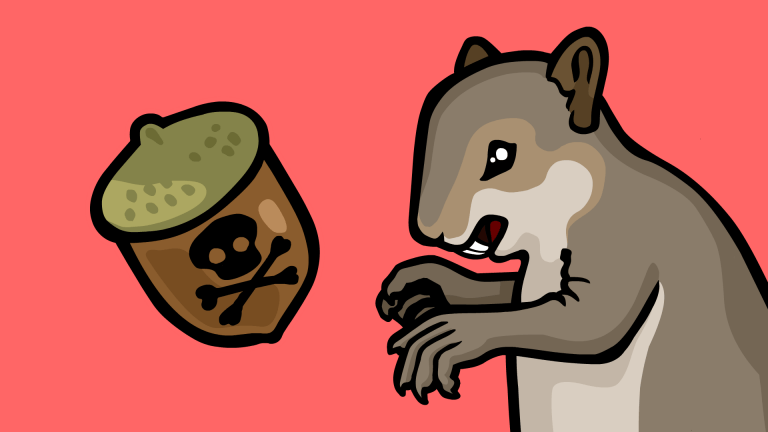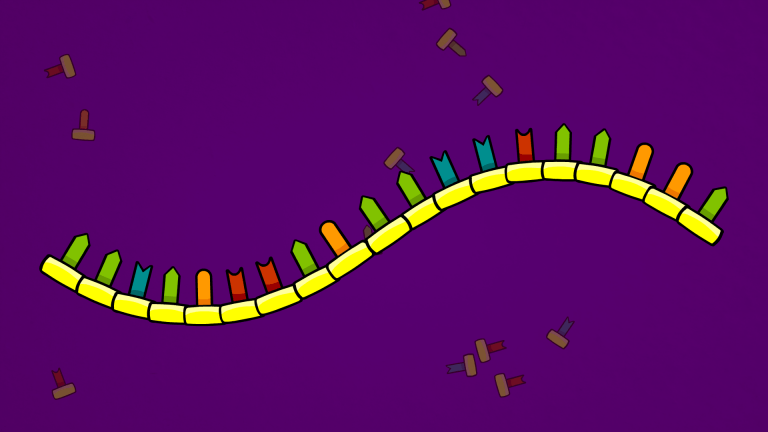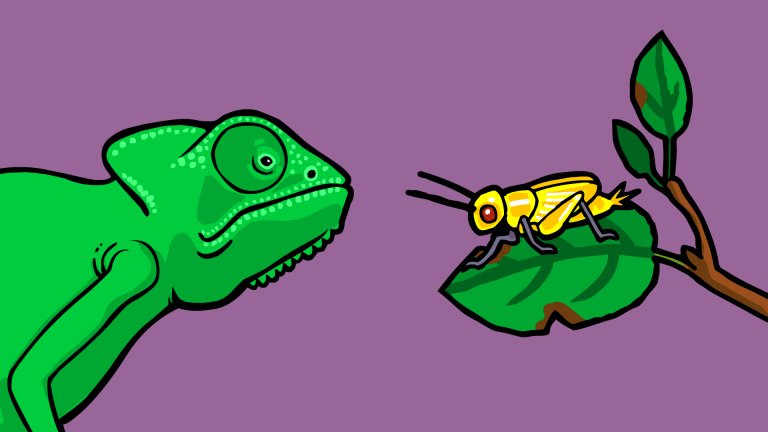Overview
When looking at the fossil record and when comparing different creatures alive today, we see that during the evolutionary history of life, several dramatic jumps in complexity occurred. These jumps are so big that, at least at first glance, they don’t seem to be easily explained with an appeal to evolution as described by Darwin: Descent with modification, acted upon by selection.
Biologists call these “Major Evolutionary Transitions”, 3 of which have been identified in the pathway that eventually gave rise to all animals, along with humankind. Experiments and mathematical models show us that these transitions actually are caused by normal Darwinian evolution, but under specific circumstances. These transitions in individuality occur when natural selection favors cooperation between 2 organisms. They can be related to one another (parent child) or unrelated. Once cooperation is established by natural selection, division of labor often evolves. Over evolutionary time, partners can lose the ability to perform all tasks required to survive and reproduce on their own, thus becoming dependent on the group. When an entire group is interdependent on its cooperating members, a new level of individuality has evolved.
The ability to evolve larger cooperative groups, even between species, has now been directly observed in the lab. The evolution of division of labor has also been demonstrated in the lab. The evolution of full interdependence between group members (thus producing an irreversible jump in individuality) has been demonstrated mathematically but not yet fully observed in the lab.
For Teachers
The content of this video meets criteria in the following Disciplinary Core Ideas defined by Next Generation Science Standards. Use our videos to supplement classroom curriculum.
Contributors
Our videos benefit from guidance and advice provided by experts in science and education. This animation is the result of collaboration between the following scientists, educators, and our team of creatives.
Team
- Jon Perry
- Jeremiah Deasey
- Anthony Danzl
- Zaid Ghasib
Advisors
- Johana Revel, PhD
Sources
OVERVIEW OF MAJOR TRANSITIONS
- This animation was based on a paper by Stuart West et al called Major Evolutionary Transitions in Individuality
- Dr West’s paper defines major transitions in a slightly narrower way than earlier workers on the subject. For a broader definition see the book by John Maynard Smith and Eörs Szathmáry on the topic called The Major Evolutionary Transitions in Evolution
MITOCHONDRIA
- The paper by Dr Margulis (Sagan) on the origin of mitochondria is called On the Origin of Mitosing Cells.
Note that she presents several ideas cautiously as hypothesis. While some aspects of the paper are now known to be incorrect, she was spot on about the origin of mitochondria.
VIROIDS
- The free living genes discovered by Dr Diener were made of RNA. Read about them in his paper called Potato spindle tuber “virus”: IV. A replicating, low molecular weight RNA
- Here is an excellent Wikipedia article on them I suggest looking over first. It includes a schematic of the species Diener found: https://en.wikipedia.org/wiki/Viroid
EXPERIMENTS SHOWN IN THIS ANIMATION
Transcript
When looking at the fossil record and when comparing different creatures alive today, we see that during the evolutionary history of life, several dramatic jumps in complexity occurred. These jumps are so big that, at least at first glance, they don’t seem to be easily explained with an appeal to evolution as described by Darwin: Descent with modification, acted upon by selection.
Biologists call these “Major Evolutionary Transitions”, 3 of which have been identified in the pathway that eventually gave rise to all animals, along with humankind.
In the late 1830s, German Scientist Theodor Schwann, formalized the idea that the human body, instead of being a single living thing, is actually a collection of individual living cells. Today we tend to shrug this off as common knowledge but think how amazing this is: You are a colony!
In the world of single celled creatures there are three main types: Bacteria and archaea which tend to be extremely small and relatively simple, and then we have single-celled eukaryotes, most of which are still microscopic but far larger and much more complex than the others.
The cells that make up your body are strikingly similar to single-celled eukaryotes, the main difference being that your cells can no longer survive on their own. Instead, trillions of them (that’s trillion with a T!) are all working together in near perfect harmony to make you, you.
Early on as an embryo in the womb, all of your cells were nearly identical. As you advanced in development, different cells transformed to perform different tasks – heart cells began to twitch, bone cells began to harden. This “division of labor” allowed you to develop incredible traits that single celled eukaryotes could never dream of – a giant mouth with grinding teeth for example – but your individual cells are now so specialized they can no longer survive freely on their own.
This extreme specialization was not always the case. The first multicelled animals in the fossil record appear to be simple sponge-like creatures with very few distinct cell types.
The fact that you are a multicelled organism, means that your body represents at least 2 layers of life: You as a whole, and you as a colony. Bizarre as this fact is, there are stranger things.
Inside the cells of all eukaryotes – single celled and multicelled – there are tiny structures called mitochondria. Scientists used to think these structures were simply body parts of the larger cell. In the late 1960s, Dr. Lynn Margulis, piecing together the discoveries of many others, demonstrated that mitochondria were once free living bacteria.
Mitochondria have their own genes, they live, reproduce, and even die on their own inside their larger hosts. Mitochondria feed on the nutrients our cells produce, but they are not parasites. In return for the food they consume, they build and secrete special molecules called ATP. Molecules that our cells use as a source of energy. Kill the mitochondria, and the larger cell will also die.
This discovery means that you are not just 2 layers of life, but 3: You as a whole, you as a colony of cooperating cells, and each of your cells as an interdependent community of its own.
Profound as that is, there’s more! Inside each of your cells and each of your mitochondria, there is a genome – a large collection of genes that, together, allow your cells to grow, function, and reproduce.
In the early 1970s, Dr. Theodor Diener was investigating the cause of an illness in potato plants called spindle tuber disease. The culprits he discovered were the smallest, simplest reproducing structures ever to be described. He called them “viroids”, they are not cells, they are not even viruses; instead they are single, free-living genes. Moving from plant to plant by hitching a ride on insects, farming equipment, or even the wind, viroids use the chemistry and nutrients inside plant cells to reproduce.
Scientists investigating the origin of life have long suspected that free-living genes similar to viroids, may have been the first life-like structures to form on our planet. If so, the genome of the first living cells, (and by relation, the genome in your cells today) can actually be thought of as a collection of individual genes working in cooperation. In other-words, your body represent 4 layers of life: You, your colony of cells, the mini communities making up each one of your cells, and the collection of genes that make up every cell’s genome.
Each new layer of life was the result of what scientists call a Major Evolutionary Transition. The secret ingredient in these transitions is cooperation. A major transition starts when free-living creatures team up to form a cooperative group. Division of labor can then occur, giving the group special new abilities when functioning as a whole. If maintained long enough, members of the group can become fully dependent on each other. At this point, a new superorganism has been forged.
Models describing natural situations that might cause Major Transitions to occur, have been put forth by scientists such as John Maynard Smith, Eörs Szathmáry, Stuart West and W.D. Hamilton. Using these models, researchers have been able to mimic natural scenarios in the lab allowing us to witness the beginnings of major transitions evolve right before our very eyes!
In 1998, researchers setup a mini ecosystem with small mouthed protists and single celled algae. The protists could easily swallow single algal cells but had trouble eating cells that happened to stick together after reproducing. In just 20 generations, the algae evolved multicellular cooperation – forming groups of 8 tightly connected cells that could not be eaten by the protists.
Further experiments found that once multicelled colonies evolve, division of labor can quickly follows, leading to the evolution of unique cell types.
In a long term study ending in 2008, a protist was seen to take a species of algae into its body without digesting it. Inside the protist, the algae was able to grow, and reproduce. When the protist reproduced as well, both daughter cells contained algae. After several years and many generations, it was shown that the algae and the protists had evolved new behaviors that actively helped the other survive. – a type of cooperation very similar to what we find between our cells and the mitochondria that live inside.
So to sum things up, a major evolutionary transition can be described as the emergence of a new layer of life. Major transitions begin when a group of organisms join forces to better survive and reproduce. If cooperation continues long enough, and if competition within the group can be overcome, a tight knit superorganism may develop. Once a colony is locked into reproduction and evolution of as a whole, a major transition is said to have occurred.
At least 3 major transitions have been identified in the pathway that eventually gave rise to all animals, along with humankind. These transitions resulted in 4 layers of life within your own body.
Interesting side-note: according to our description of a major transition. Honey bees and several of their close relatives have surpassed us, going on to form a 5th layer of life. Where human colonies grow and change through war, technology, philosophy shifts and trading agreements, bee hives actually grow, die, reproduce and evolve as living creatures of their own.
I’m Jon Perry, and that’s the concept of a major evolutionary transition, Stated Clearly



